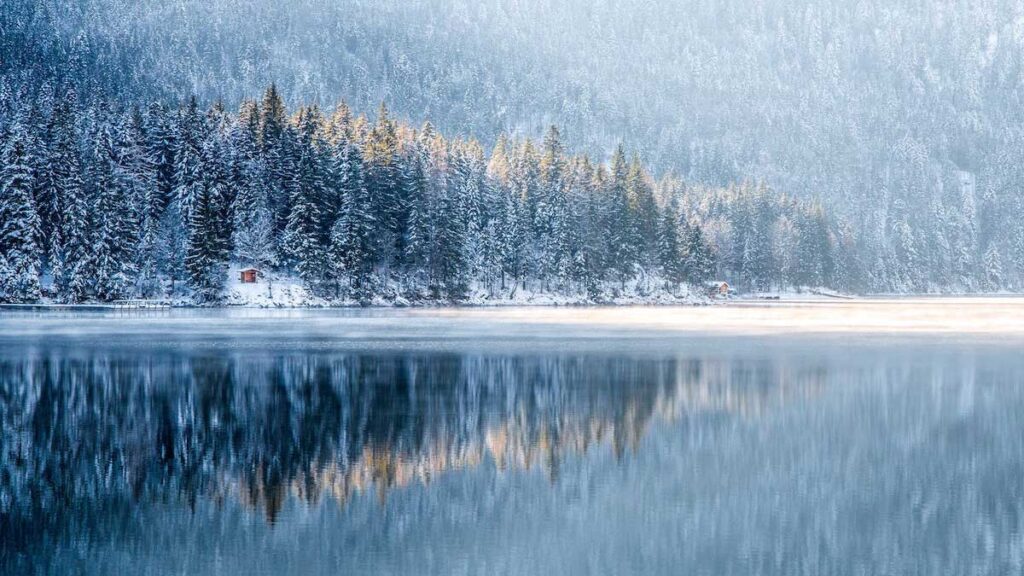Germany might not be well known for diving, but it offers countless dive opportunities, with crystal-clear alpine lakes, sunken cities, WWII wrecks, Baltic Sea dives and more. New divers will enjoy the array of shallow dive sites, including accessible wrecks and calm lakes, whilst experienced divers explore old quarries, deep lakes and dark tunnels. Grab your drysuit and read on to find out more.
10 great places to go diving in Germany
Northern Germany
With easy access to both lake and sea diving, Northern Germany is a playground for divers and hosts numerous wrecks, plus old manmade quarries, reservoirs and picture-perfect high-altitude lakes. Dive in and you’ll discover artificial reefs teeming with a variety of fish and swathed in vibrant flora.
1. The Baltic Sea
The Baltic Sea is littered with wrecks, many of which are accessible from Germany’s shores. The Helland, an 18-meter-long steel yacht is a popular shallow wreck and is just offshore from Kiel. Drop a pin on a map of the surrounding area and it will likely land on a wreck diving site. Covered in sea anemones and water lilies, the Dreimaster is a beautiful wreck sitting around 27 meters deep and hosts numerous cod in the summer. At around 100 meters long, the Docktor is an impressive wreck that you can look inside, and it is home to abundant Baltic Sea life.
When you’ve had your fix of wreck diving, take a trip to Svaneke Lighthouse for the chance to dive granite canyons and eye-catching rock formations by an old, abandoned harbor.
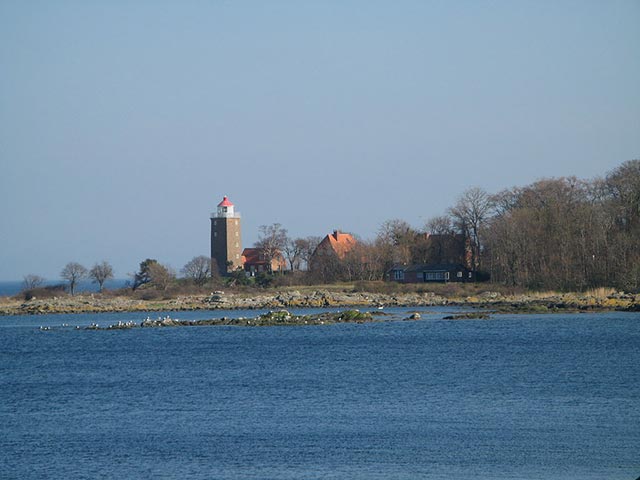
2. Schweriner See
This glacier tongue lake is one of northern Germany’s most popular places to go diving and offers a variety of interesting wrecks. There are deep sunken motor and sailboat wrecks, plus the wreck of a MiG-17 aircraft from the Russian occupation and an impressive 100-year-old cargo glider, the Lastensegler.
New divers are well catered for with shallower car and boat wrecks as well, and there are fun installations to find, including a telephone booth, benches and signs.
3. Sundhäuser See
Sundhäuser See is a unique and fascinating experience. This sunken city was created specifically for divers and is full of interesting features, including oak sculptures scattered throughout the city. Good water visibility adds to the appeal of this special site and the waters are teeming with life.
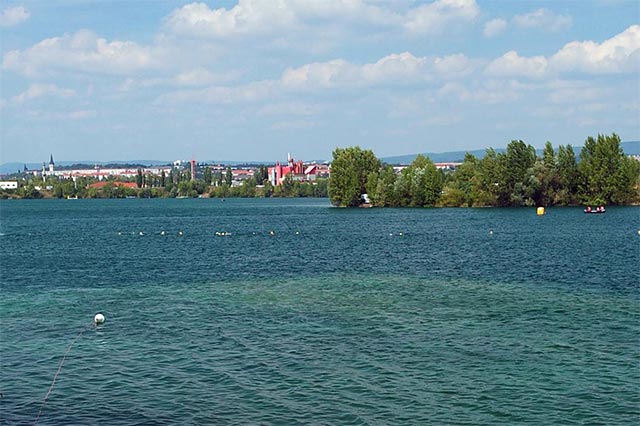
4. Lake Stechlin
If you’re looking for a dive spot that the whole family can enjoy, go diving at Großer Stechlin. This lake is the second deepest in Brandenburg and sits within a pretty nature reserve that has seemingly endless opportunities to go diving, hiking, biking and swimming. There are plenty of accommodation options for families and even children’s holiday camps. The abundant fish life in the lake will keep divers entertained all day whilst non-divers enjoy their adventures on land.
5. Lake Wummsee
The peaceful turquoise waters of Großer Wummsee, a lake in Brandenburg, are enough to tempt any diver. If you love fauna and flora and quiet diving without any crowds, go diving there. This lake is known for having lush freshwater plants and abundant fish, plus two islands within the lake. The lake water quality is excellent, it is drinking water quality, and there are no boats allowed.
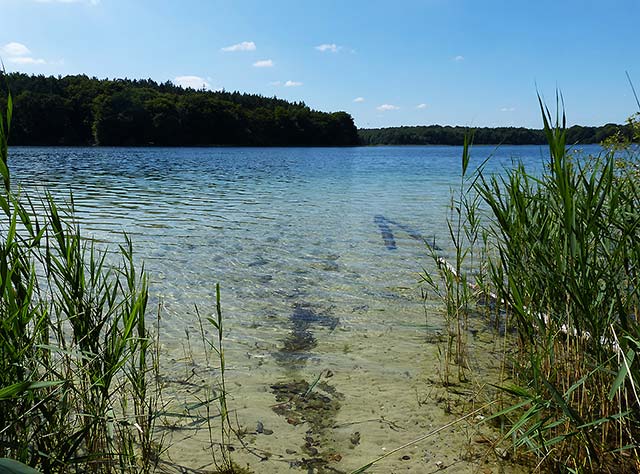
Central Germany
Though Central Germany isn’t well known internationally for its diving, it packs a punch with its interesting mix of WWII history and varied dive sites. There are sparkling lakes surrounded by emerald green forests, challenging flooded tunnels, and water locked underground factories with massive hollow caves to explore. With clear waters and diverse underwater topography as well, diving in Central Germany is a real hidden gem.
6. Sorpesee
Sorpesee, also known as Lake Sorpe or Sorpe Dam, is a deep reservoir that offers a multitude of water sports, including excellent scuba diving. Popular in summer, it’s a great place to take the family or a group of friends on vacation, go diving and relax lakeside in the sunshine.
With its mixture of depths and underwater topographies, Sorpesee is ideal for new and experienced divers. Go night diving, drift along a steep wall that plunges to 34 meters deep, explore wrecks and linger over rich seagrass meadows busy with fish life.
7. Tauchsee Horka
Have you ever tried geocaching? Expand your cache hunt and try the addictive thrill of geocaching underwater at Lake Horka. This former mining quarry is popular for diving, thanks to having unusually high water visibility, and features an underwater forest and a cache. You’ll need to dive down to 30 meters at the old quarry pump house to find out more.

8. Geiseltalsee
Geiseltal, the largest artificial lake in Germany, covers a huge 18 square kilometers and has abundant dive sites in calm waters. Excellent visibility makes it easy to explore the deeper dive sites at this lake, which reach down to over 35 meters deep. With both shore and boat diving available, you can experience Geiseltal’s sunken forests, canyons and thriving underwater life in no time at all.
Southern Germany
You can tick many of Germany’s most famous sites off your wish list if you visit Southern Germany. With the Black Forest, Bavarian Alps, the Danube and numerous historic castles – to name but a few of the highlights there – it’s a fantastic place to visit. As for diving in Southern Germany, it is easily some of the best diving in Europe.

9. Lake Constance
Lake Constance, the second-largest freshwater lake in Western Europe, is an impressive sight at 63 km long and is a must-visit diving spot teeming with fish. A popular summertime destination, the lake is surrounded by charming resort towns, vineyards and views that stretch to the Alps.

The underwater cliffs and sloping mountainsides of the lake are a striking backdrop to the numerous dive sites found there. You’ll be spoilt for choice with more than two dozen dive sites, including the Jura. This is one of the most beautiful freshwater wrecks you will ever see and lies around 38 meters deep. She is also one of the oldest paddlewheel steamers in the world and sank in 1864.
Being fed by the Rhine, Lake Constance’s water is cold, so pack a thick exposure suit to make the most of the outstanding diving there.
10. Walchensee
Another stunning place to go diving in Germany, Lake Walchen is an alpine lake nestled in the Bavarian Prealps that has gin-clear azure waters and numerous dive sites. Dive into the lake’s cold waters and you’ll find boat and car wrecks, including a VW Beetle, steep rock faces, enormous boulders and sunken trees. All of which host the diverse fish life this lake is famous for.
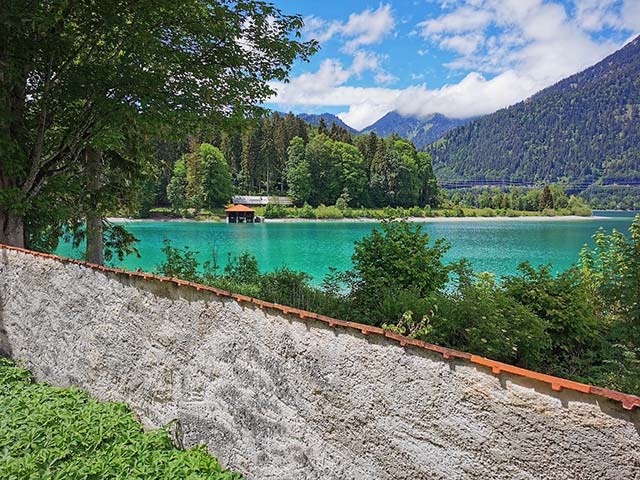
What experience do you need to go diving in Germany?
With so many different destinations to choose from, Germany is suitable for all dive experience levels.
When is the best time to go diving in Germany?
Summer is the most popular time to go diving in Germany, but you can go diving there all year. Visit in winter and you can even go ice diving.
What marine life can you see when diving in Germany?
There is an astonishing variety of fish life in Germany’s waters, including carp, pike, perch, barbel, catfish, sturgeon, salmon and trout. There are huge eels at many of the dive sites, plenty of crustaceans and abundant underwater flora. Go diving in Northern Germany and you can also see an array of Baltic Sea marine life.
Kathryn Curzon, a shark conservationist and dive travel writer for Scuba Schools International (SSI), wrote this article.
